This September, families and tribal representatives from across the country traveled to Carlisle to reclaim the remains of students who died while enrolled at the Carlisle Indian School (CIS). The cemetery at the Carlisle Barracks, managed by the U.S. Army, has been the site of annual repatriation efforts since 2017, with this year’s work returning 19 students to their Nations, including the Cheyenne, Arapaho and Seminole.
For descendants, the return is both painful and deeply meaningful. Cara Curtis, archivist at the Cumberland County Historical Society (CCHS) expressed the importance of the reunification.
“These people are coming here to be reunited, in a way, with their ancestors—they get the chance to look at photographs and see students’ work from their time at the school,” she said.
Of the 232 students who died while enrolled at CIS, 186 were buried in the cemetery, in addition to four other individuals associated with the school. Following this year’s disinterments, 130 sets of remains will remain in Carlisle. Burials began in 1880. The Army was responsible for moving the cemetery in 1927 to the spot it is in now, and for its subsequent care, according to Kate Theimer, the guest curator at CCHSCCHS Executive Director Dr. Lindsay Varner, added that while CCHS has no formal role in the repatriation process, it supports descendants by providing historical information and research assistance.
The repatriation process is coordinated by the U.S. Army’s Office of Army Cemeteries in collaboration with tribal liaisons, who determine the participation and ceremonial protocols.
Dickinson College has its own historical ties to CIS.
“Our president at the time, James Andrew McCauley, was an early supporter and donor of the school, and some faculty taught classes at [CIS],” said college archivist, Jim Gerencser. “There was certainly a robust relationship between Dickinson and the Carlisle Indian School.”
Today, Dickinson works to make the school’s records widely accessible through the Carlisle Indian School Digital Resource Center, while the Center for the Futures of Native Peoples provides space for dialogue and support for visiting descendants.
Dr. Darren Edward Lone Fight, the center’s founding director, emphasized that repatriation is part of a broader movement
“We approach the Carlisle legacy not as a wound to be merely documented, but as a site where ancestral presence meets contemporary resurgence through active partnership with tribal nations.”
For those interested in learning more about the Carlisle Indian Industrial School and the repatriation process, resources can be found at Carlisle Indian School Digital Resource Center, the Cumberland County Historical Society, and the Center for the Futures of Native Peoples.



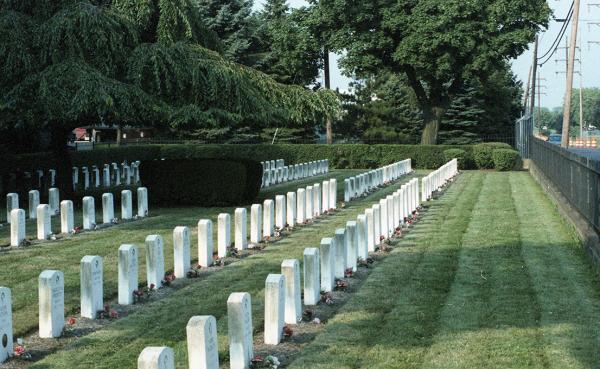
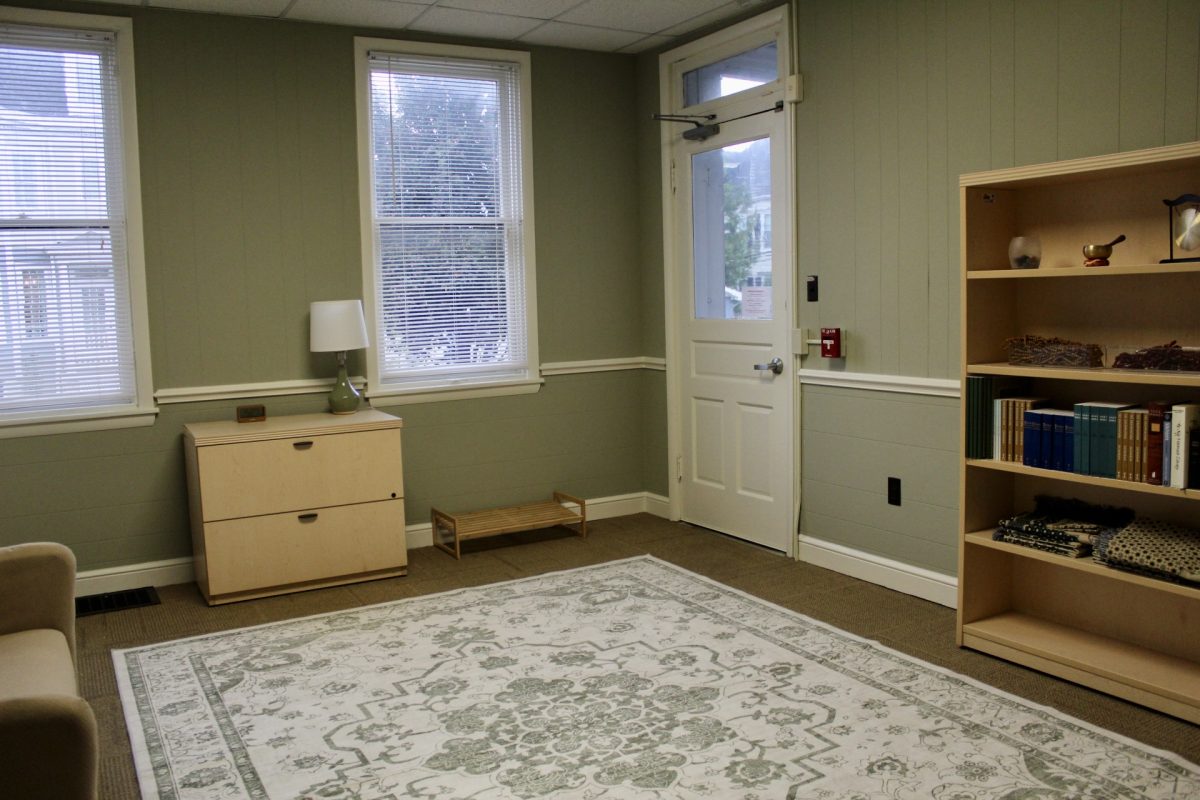
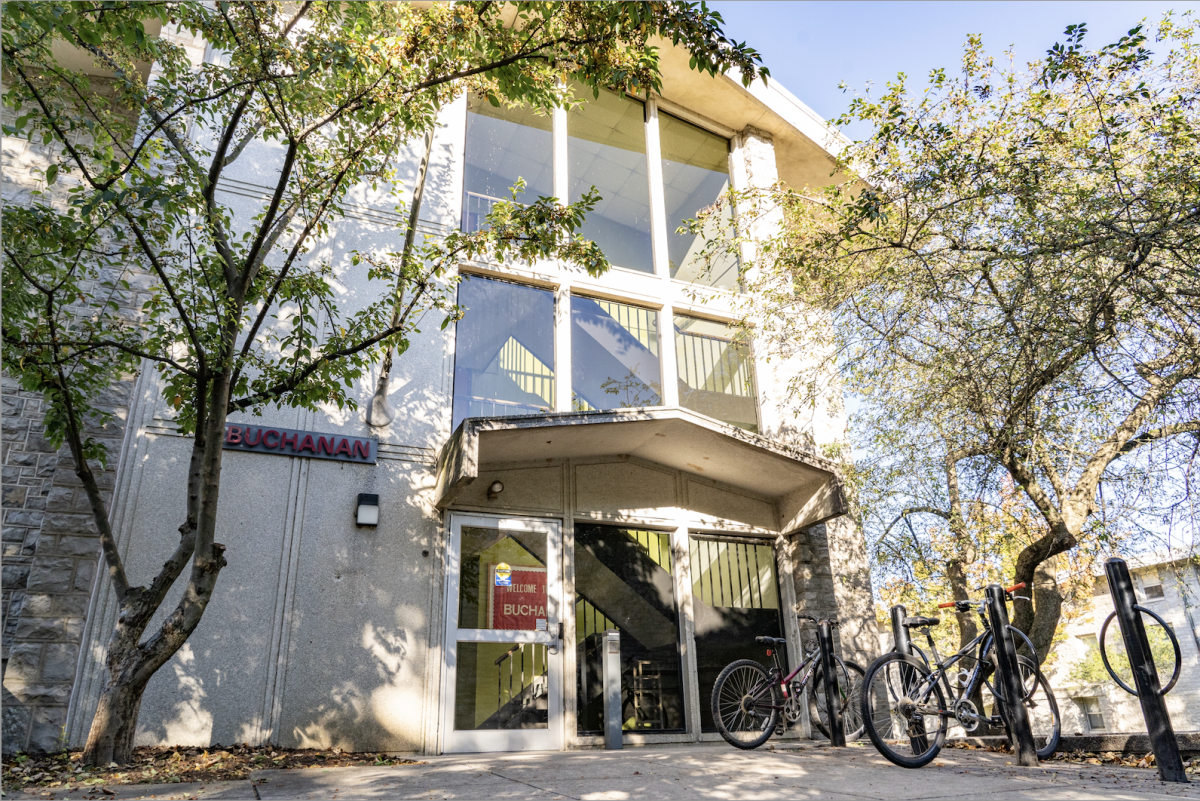
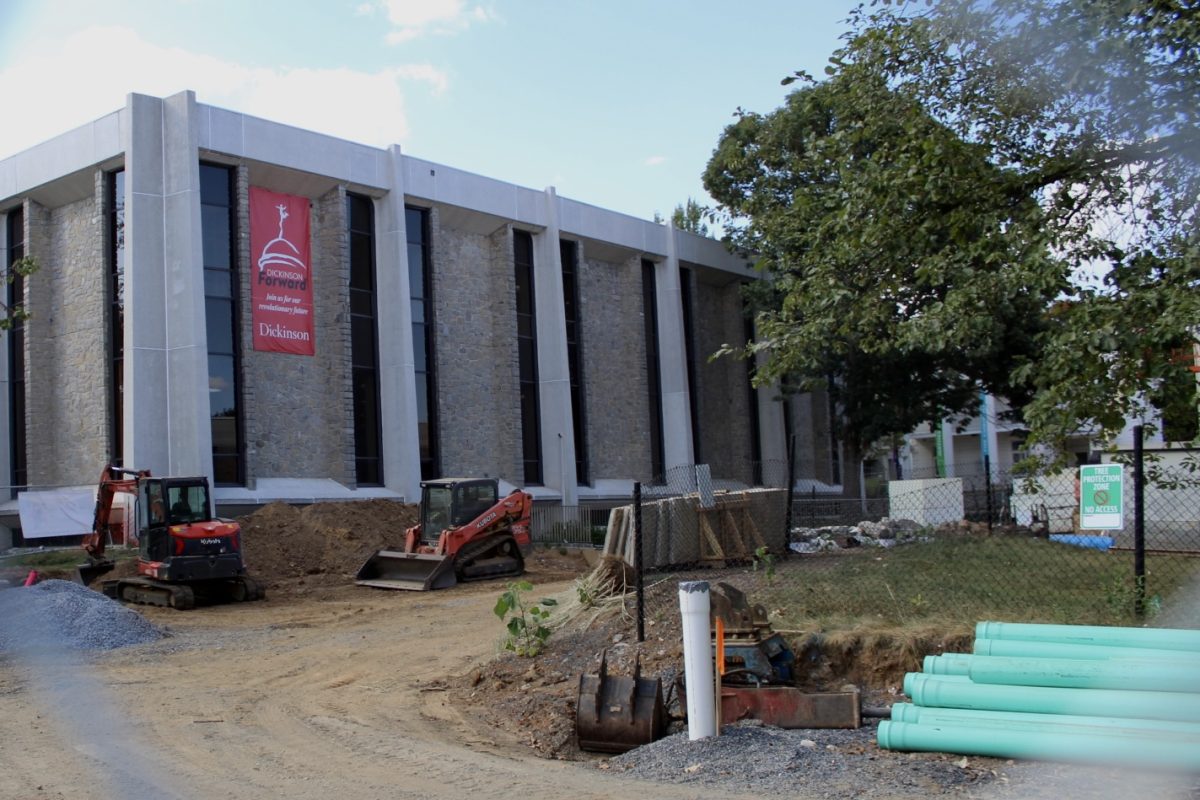


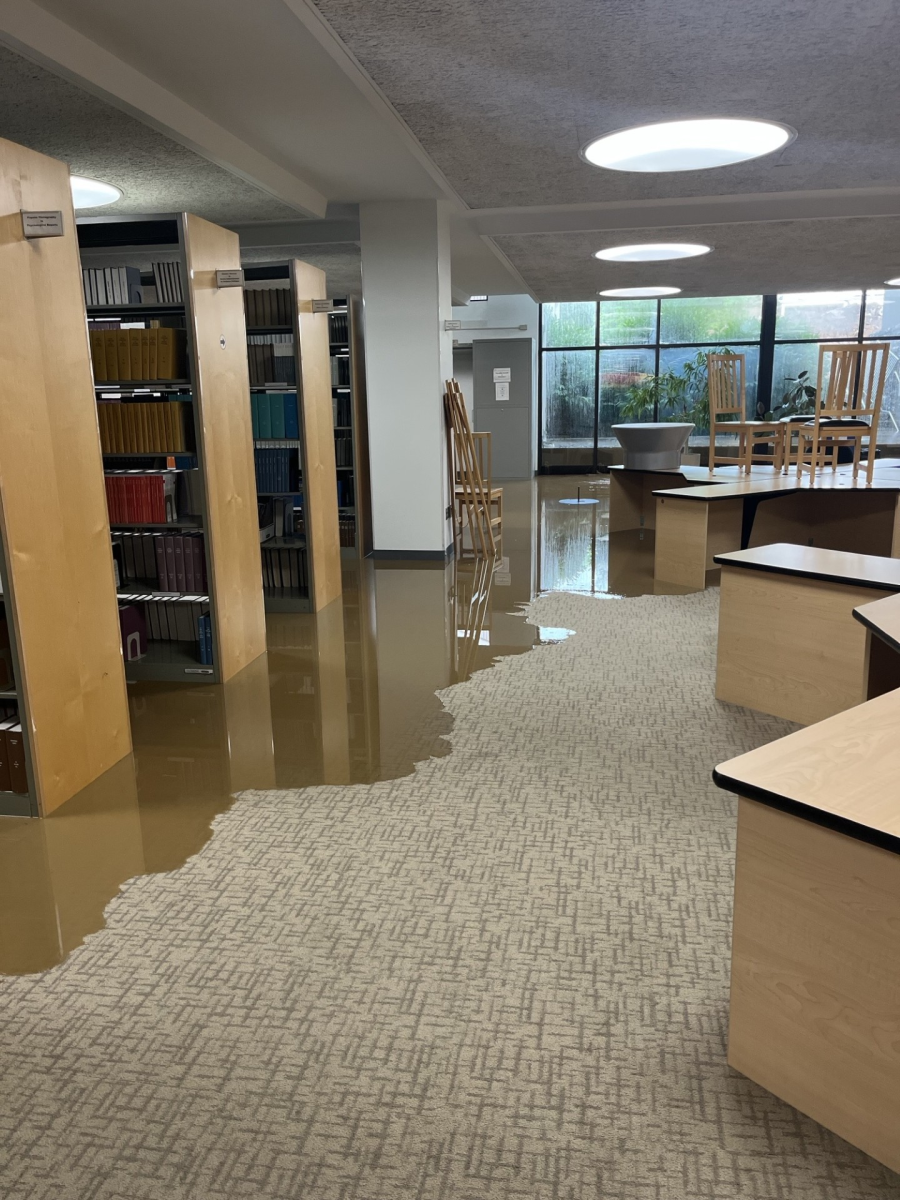

Pat Hummer • Sep 25, 2025 at 6:44 pm
Very interesting & well researched